
| Recorded by: Mark Basinger on 2025-08-13
Ashe Co.
Comment: | 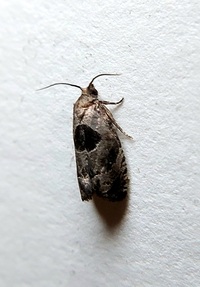
| Recorded by: Mark Basinger on 2025-08-13
Ashe Co.
Comment: |

| Recorded by: Jim Petranka on 2024-08-22
Madison Co.
Comment: | 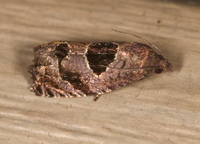
| Recorded by: Jim Petranka on 2024-08-22
Madison Co.
Comment: |
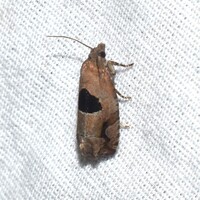
| Recorded by: David George, Jeff Niznik on 2024-08-06
Transylvania Co.
Comment: | 
| Recorded by: K. Bischof on 2024-07-10
Transylvania Co.
Comment: |

| Recorded by: K. Bischof on 2024-07-06
Transylvania Co.
Comment: | 
| Recorded by: David George, Stephen Dunn, Jeff Niznik on 2023-07-31
Macon Co.
Comment: |
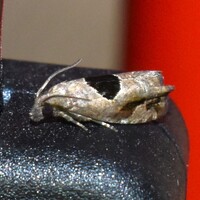
| Recorded by: David George, Stephen Dunn, Jeff Niznik, Rich Teper, Becky Watkins on 2023-07-30
Swain Co.
Comment: | 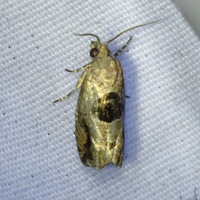
| Recorded by: David George, Stephen Dunn, Jeff Niznik, Rich Teper, Becky Watkins on 2023-07-29
Swain Co.
Comment: |
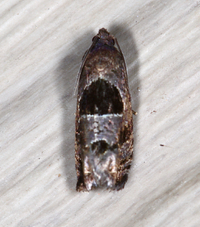
| Recorded by: Jim Petranka on 2023-07-11
Madison Co.
Comment: | 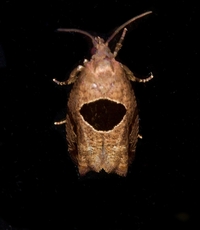
| Recorded by: Jim Petranka and Becky Elkin on 2020-08-16
Madison Co.
Comment: |

| Recorded by: Jim Petranka and Becky Elkin on 2020-08-09
Madison Co.
Comment: | 
| Recorded by: Jim Petranka and Becky Elkin on 2020-08-09
Madison Co.
Comment: |

| Recorded by: Jim Petranka and Becky Elkin on 2020-08-03
Madison Co.
Comment: | 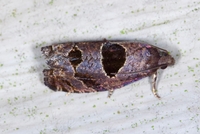
| Recorded by: Jim Petranka and Becky Elkin on 2020-08-03
Madison Co.
Comment: |

| Recorded by: Jim Petranka and Becky Elkin on 2020-07-28
Madison Co.
Comment: | 
| Recorded by: Jim Petranka and Becky Elkin on 2020-07-28
Madison Co.
Comment: |
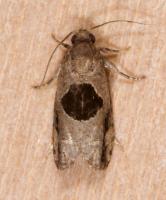
| Recorded by: Jim Petranka and Becky Elkin on 2020-07-02
Madison Co.
Comment: | 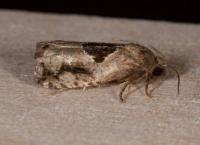
| Recorded by: Jim Petranka and Becky Elkin on 2020-07-02
Madison Co.
Comment: |
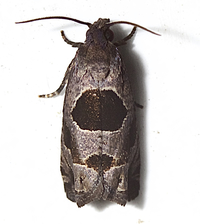
| Recorded by: Jim Petranka and Becky Elkin on 2018-07-07
Madison Co.
Comment: | 
| Recorded by: Jim Petranka and Becky Elkin on 2018-07-07
Madison Co.
Comment: |
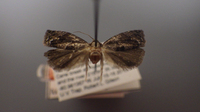
| Recorded by: Robert Gilson on 2015-07-15
Mecklenburg Co.
Comment: |

 »
»




 »
»


